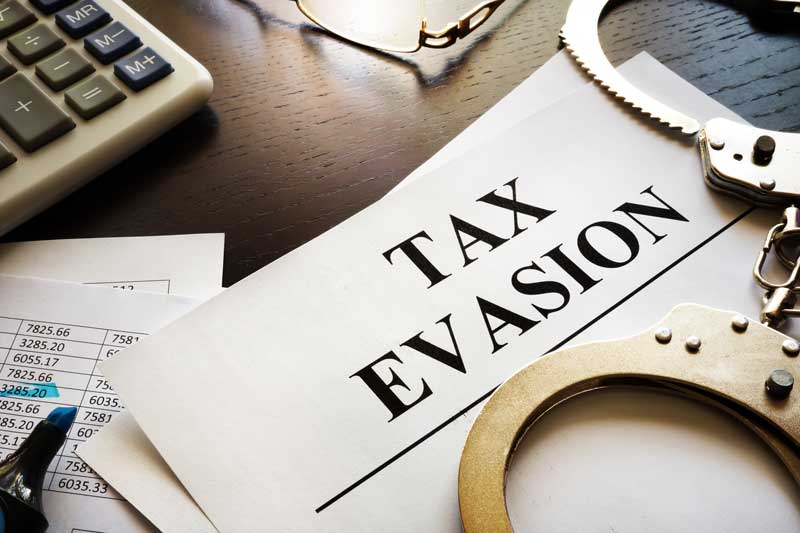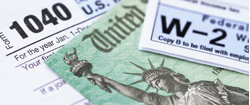The Internal Revenue Service has a relatively modest staff, considering its function and mission. That being the case, the federal agency has a tough job pursuing millions of American taxpayers for what they owe but won’t pay. Estimates of unpaid taxes point to a number in the neighborhood of a half-trillion dollars. However, once the IRS gets more people on the job, it should be able to catch tax cheats who apply for write-offs that they shouldn’t get or people who simply hide income.
How exactly does the IRS find tax evaders, though?
Data analysis
The IRS looks at the details available on each income tax return and also compares the data on those forms with what the employer of each filer has to say about their income. In other words, they look at W-2, 1099, and Schedule K-1 forms to see if the information on them lines up with the information on each tax return. IRS computers also look for information on medical records and credit card bills to see if tax filers are spending more money than they say they’ve earned.
The IRS already does these things and reclaims about a half-billion dollars’ worth of undeserved tax refunds each year. These investigative activities could get a boost with the new workers that the IRS gets.
Information from informants
The IRS can get tipoffs from all kinds of whistleblowers. An employee of the tax evader could turn them in; other times, it could be a spouse. They may do it simply out of a sense of duty to their nation, to get back at those tax evaders for past ill-treatment, or for the reward money (up to 30 percent of whatever the IRS collects by acting on information it receives). The IRS only acts on tips concerning tax filers who make at least $200,000 a year in gross income.
Keep in mind that if you plan to evade your tax obligation, the likelihood of getting away is slimmer each year because more and more IRS agents are on the job, sniffing out cheaters. The risk of paying costly penalties and going to jail is simply higher than it used to be.




